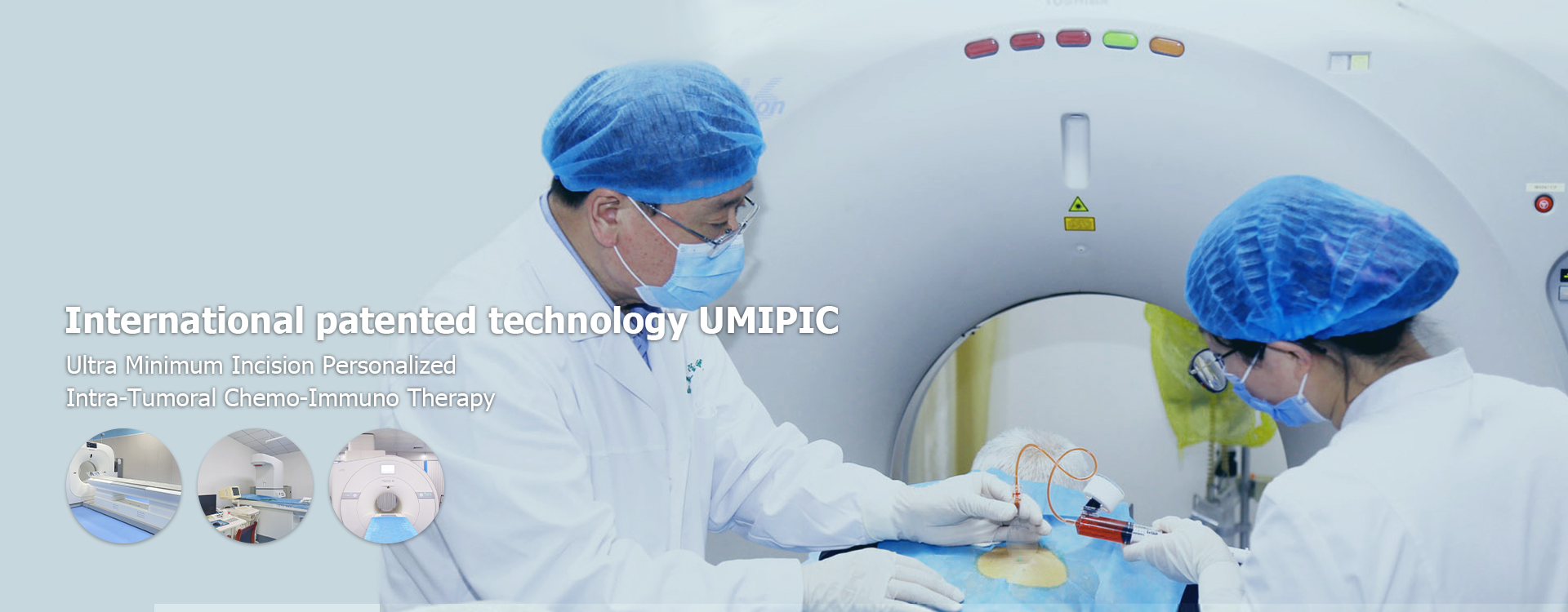
China pancreas cancer
China Pancreas Cancer: Understanding Risk Factors, Diagnosis, and Treatment OptionsUnderstanding China pancreas cancer is crucial for effective prevention and treatment. This article provides a comprehensive overview of the disease, encompassing risk factors, diagnostic methods, and available treatment options. We aim to empower individuals with knowledge to navigate this complex health challenge.
Risk Factors for Pancreas Cancer in China
The incidence of China pancreas cancer varies across regions within the country, influenced by several lifestyle and environmental factors. While the exact reasons for these variations are still under investigation, research consistently highlights certain key risk factors:Smoking
Smoking is a significant risk factor for pancreatic cancer globally, and China is no exception. Studies have shown a strong correlation between smoking and an increased risk of developing this aggressive cancer. Quitting smoking remains one of the most effective preventative measures. Resources to help quit smoking are readily available online and through healthcare providers.Diet and Lifestyle
Dietary habits significantly impact the risk of developing China pancreas cancer. A diet high in processed meats, red meat, and saturated fats has been linked to an increased risk. Conversely, diets rich in fruits, vegetables, and whole grains are associated with a lower risk. Maintaining a healthy weight and regular physical activity also play a crucial role in prevention.Family History
A family history of pancreatic cancer, particularly among close relatives, significantly elevates the risk. Genetic predisposition plays a role, although the specific genes involved are still being identified. If you have a family history, it's essential to discuss your risk with a healthcare professional.Age and Gender
Pancreatic cancer is more common in older adults, with the majority of cases diagnosed after the age of 65. Men tend to have a slightly higher risk of developing the disease compared to women.Other Factors
Other less well-understood risk factors include chronic pancreatitis, diabetes, and exposure to certain chemicals. Ongoing research continues to unravel the complex interplay of factors influencing pancreatic cancer development.Diagnosis of Pancreas Cancer
Diagnosing China pancreas cancer early is challenging due to the often vague and non-specific initial symptoms. However, early detection significantly improves treatment outcomes. Common diagnostic procedures include:Imaging Tests
Imaging techniques such as CT scans, MRI scans, and endoscopic ultrasound (EUS) are crucial for visualizing the pancreas and detecting tumors. These tests provide detailed images, helping determine the tumor's size, location, and extent of spread.Biopsy
A biopsy involves removing a small tissue sample from the suspected tumor for microscopic examination. This is essential for confirming the diagnosis and determining the type and grade of cancer.Blood Tests
Certain blood tests, such as CA 19-9, can help detect elevated levels of tumor markers, providing additional evidence of pancreatic cancer. However, these tests are not definitive and need to be combined with other diagnostic methods.Treatment Options for Pancreas Cancer
Treatment for China pancreas cancer depends on several factors, including the stage of the cancer, the patient's overall health, and personal preferences. Common treatment approaches include:Surgery
Surgical removal of the tumor is the primary treatment option for localized pancreatic cancer. The extent of surgery varies depending on the tumor's location and size. Whipple procedure is a common surgical approach.Chemotherapy
Chemotherapy involves using drugs to kill cancer cells. It's often used before surgery to shrink the tumor (neoadjuvant chemotherapy) or after surgery to prevent recurrence (adjuvant chemotherapy).Radiation Therapy
Radiation therapy utilizes high-energy radiation to destroy cancer cells. It may be used alone or in combination with chemotherapy.Targeted Therapy
Targeted therapy uses drugs that specifically target cancer cells, minimizing damage to healthy cells. This is a newer approach with ongoing research to improve its effectiveness.Improving Outcomes Through Early Detection and Prevention
Early detection is crucial for improving outcomes in China pancreas cancer. Regular health checkups and prompt attention to any concerning symptoms are essential. Lifestyle modifications such as adopting a healthy diet, maintaining a healthy weight, quitting smoking, and regular exercise can significantly reduce the risk.| Risk Factor | Description | Mitigation Strategies |
|---|---|---|
| Smoking | Strong correlation with increased risk. | Quit smoking; seek support from healthcare providers or cessation programs. |
| Diet | High processed/red meat, saturated fats increase risk. | Consume fruits, vegetables, whole grains; maintain a healthy weight. |
| Family History | Increased risk with family history of pancreatic cancer. | Regular screenings and discussions with healthcare professionals. |
Related products
Related products
Best selling products
Best selling products-
 PAT, rectal cancer patient from the United States
PAT, rectal cancer patient from the United States -
 Andress, a 9-year-old boy from the United States
Andress, a 9-year-old boy from the United States -
 Nell Smith, a throat cancer patient from Switzerland
Nell Smith, a throat cancer patient from Switzerland -
 Mark, a prostate cancer bone metastasis patient from the United States
Mark, a prostate cancer bone metastasis patient from the United States -
 Anthony, lymphocytic cancer patient from the United States 24
Anthony, lymphocytic cancer patient from the United States 24 -
 Famous American female painter Muriel
Famous American female painter Muriel
Related search
Related search- China non smoker lung cancer treatment Hospitals
- long term side effects of lung cancer treatment Hospitals
- treatment new prostate cancer treatment cost
- best lung cancer treatment in the world Hospitals
- Cheap cancer care hospital near me
- Cheap bone tumor Hospitals
- treatment pancreatic cancer back pain Hospitals
- treatment icd 10 breast cancer Hospitals
- treatment prostate cancer treatment options
- stage one lung cancer treatment cost





